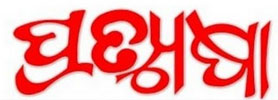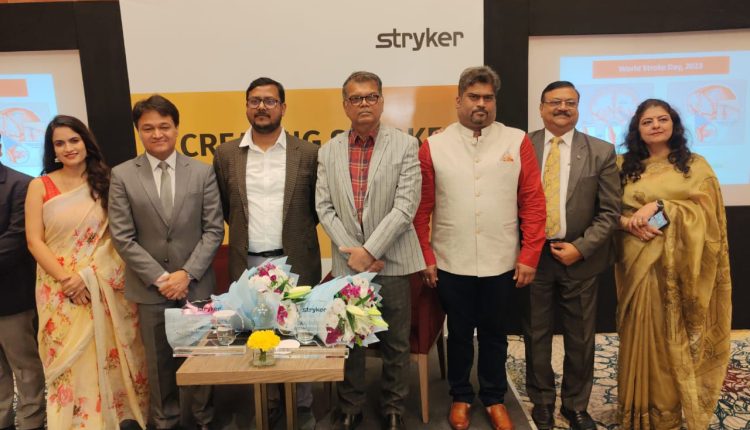Bhubaneswar, 3/11/23 (Pratyusha Bureau):Bhubaneshwar Stryker, a global leader in medical technology, has launched an awareness campaign in Bhubaneshwar, Odisha, during World Stroke Week to highlight stroke as a leading cause of disability in India and promote prevention and improved treatment options. Through this initiative, Stryker aims to unite individuals, healthcare professionals, and policymakers in the fight against stroke to save lives and enhance the quality of life for survivors. Stryker is closely working with various stakeholders on the public health emergency related to stroke, which has disabled 96 lakh people and led to an annual loss of approximately 2.3 Lakh crore to the Indian economy. *According to the Global Burden of Disease (2019), the state of Odisha ranks among the top 10 states in India for disability-adjusted life years (DALY) caused by brain stroke. Odisha ranks fifth among all states when it comes to the average mortality rate due to ischemic stroke, as per data from the Global Burden of Disease. This loss can be significantly reduced with the right and timely administration of already available treatments and through better awareness about the issue. A panel discussion comprising of Dr. Somnath Jena, Senior Consultant, Neurosurgery and Neurointervention, HOD-Deptt. of Neurosurgery, SUM Ultimate Medicare and Dr S Mohanty- Director Medical Education & Training Odisha was organised. During the discussion, Dr. Somnath Jena, Senior Consultant, Neurosurgery and Neurointervention, HOD-Deptt. of Neurosurgery, SUM Ultimate Medicare, addressed challenges faced by stroke survivors, including physical and communication disabilities, cognitive changes, work and income loss, and caregiver burden. He emphasized the growing stroke epidemic in India, particularly in the northeastern states, where stroke is the leading cause of death. Dr. Jena also discussed available treatments, such as intravenous tissue plasminogen activator (IV-tPA) and mechanical thrombectomy. He highlighted the effectiveness of mechanical thrombectomy, which can be administered up to 24 hours after symptom onset and, when combined with IV-tPA, has shown significant efficacy in terms of functional independence at 90 days. The latest guidelines for stroke prevention and management released by the Ministry of Health and Family Welfare highlight the technological breakthrough in clot removal in ischemic stroke through mechanical thrombectomy. Over the past five decades, the incidence of stroke has doubled, with approximately 87% of ischemic stroke cases and 13% haemorrhagic stroke cases. *India witnesses around 17 lakh new stroke cases each year, resulting in a projected annual economic loss estimated at 2.34 trillion. Despite a 50% increase in stroke prevalence from 1990 to 2019, stroke has not received the attention it urgently requires from the government.

